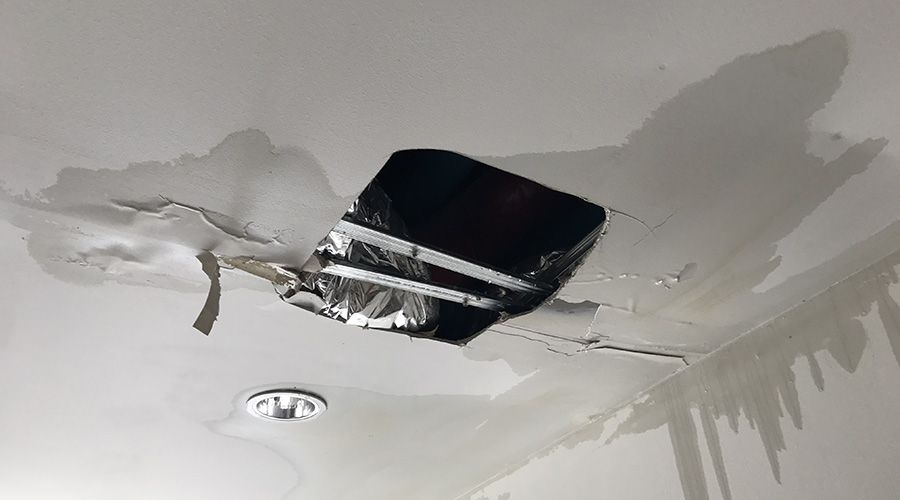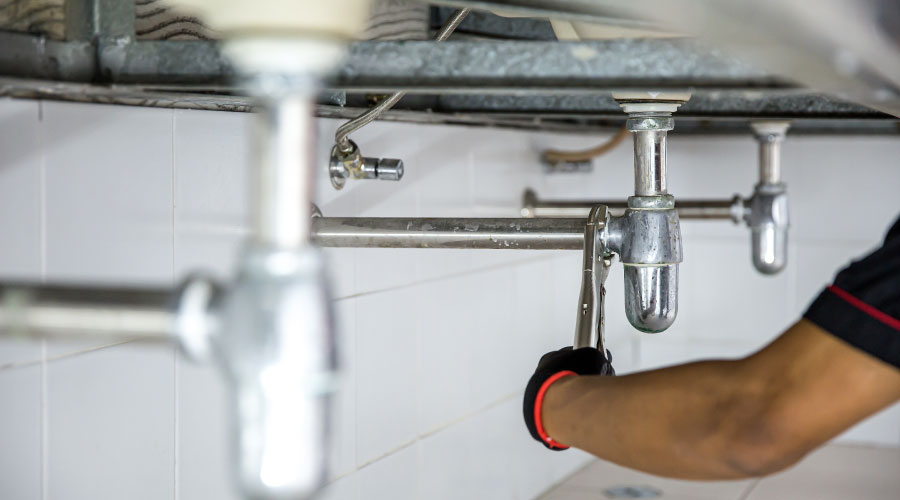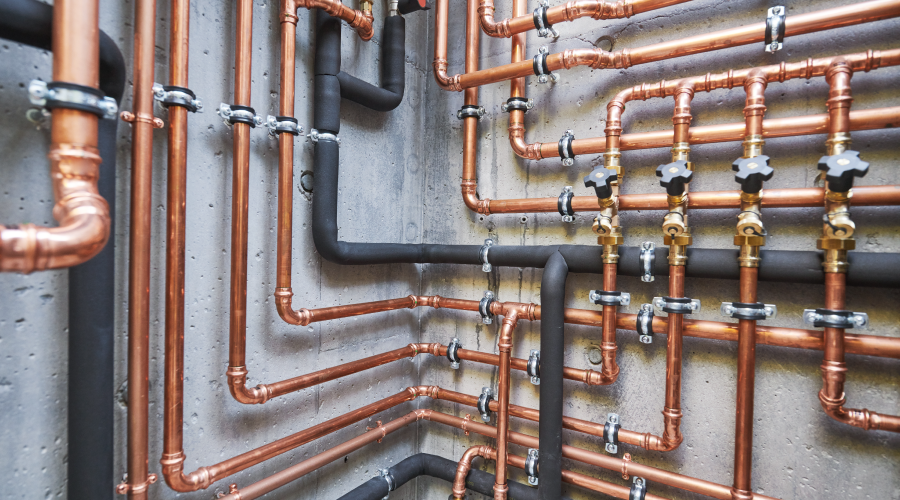Training Considerations for Using Drain Cleaning Equipment
Training program considerations also need to take into account the types of equipment technicians work with and the state of the facility's plumbing system and its documentation.
In some facilities, no up-to-date drain layout drawings are available, so technicians do not know about the system's runs, interconnections, distances, types of blockages, and drain line sizes. This information is essential to selecting the right equipment.
For example, the length of a run determines the length of the needed rodder cable. The diameter of the piping is essential to selecting the cable diameter and accessories. Knowing the type of blockages is also essential to selecting the right accessories — for example, in the case of a root cutter, if the blockage results from roots growing into the drain that a camera can detect. A camera also can help technicians map the system if no layout drawings are available.
If the camera system includes a data storage hard drive, the training should help technicians use the history stored in memory to their advantage in future troubleshooting. For example, the history should contain the location of the previous trouble spots. These are identified by the footage, which is digitized on the screen as the camera head passes through the pipeline. Technicians can use this history of repeated blockages at a certain point in the drain — such as a sharp bend or change of pipe size that snags solids — to redesign the piping and eliminate the problem.
Proper, safe, and sanitary cleanup and remediation procedures are essential for drain cleaning training, since wastewater might contain health hazards. This training should cover the use of personal protective equipment, including gloves, goggles, safety shoes and hard hats where required. Training also should include proper equipment cleaning and care methods, as well as lessons on hazard avoidance.
Fine-Tuning The Process
Training for effective drain cleaning should encompass general subjects, as well as regulations, specific equipment operation and maintenance, and preventive maintenance (PM) to ensure technician safety and effective equipment performance. When researching training resources and formats, managers need to ensure that selected training covers these subjects thoroughly.
Vendor resources can provide materials for administering an in-house training program and can provide periodic updates of these materials. For example, cleaning product vendors have training programs, manuals, instructions and checklists for getting the best results from their equipment. Rodding vendors have training materials, specification sheets, and operating and maintenance manuals. Jetter vendors also have similar materials on jetter operating and maintenance.
In addition to the manuals, vendors now post downloadable videos on their websites and provide DVDs showing proper techniques for using and maintaining their equipment.
Managers also can incorporate their departments' equipment history into technician training. They can use a detailed history of known causes of injury and major machine damage from improper operation to emphasize the importance of using the equipment properly — for example, never forcing rodding cable into a drain, which can cause the cable to lodge in a blockage and buckle on itself suddenly, injuring the worker feeding the cable.
Another important training resource is a hot-spot map showing past locations of blockages from fats, grease, oils or other solids. This information, along with training in proper design and location of grease traps and cleanout plugs and occupant training related to proper waste disposal, can result in fewer emergencies and lower drain maintenance costs.
Related Topics:













